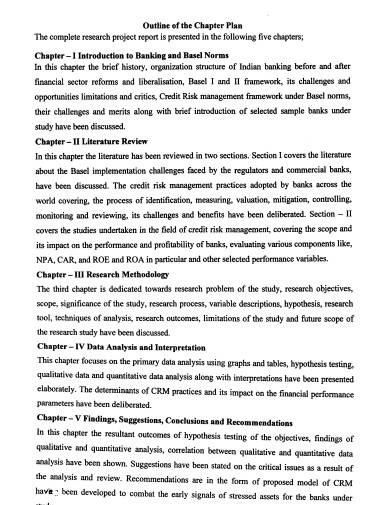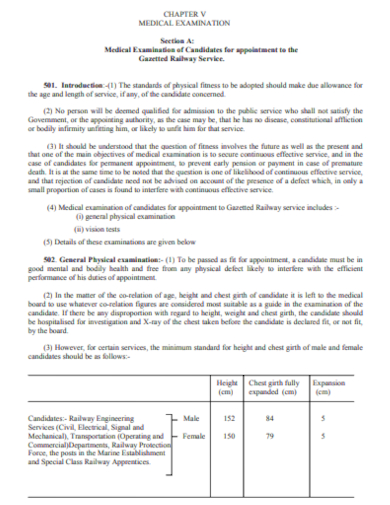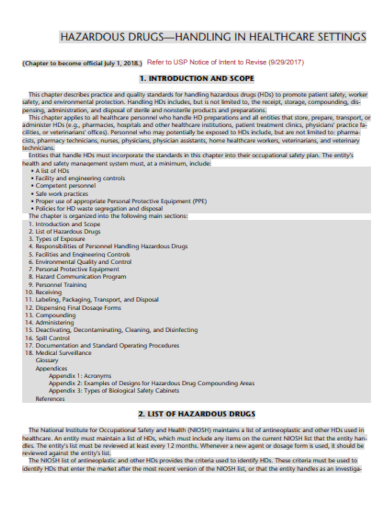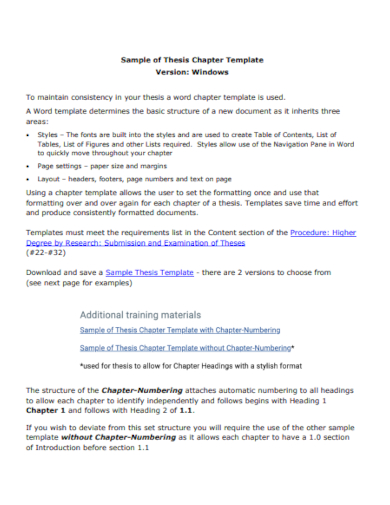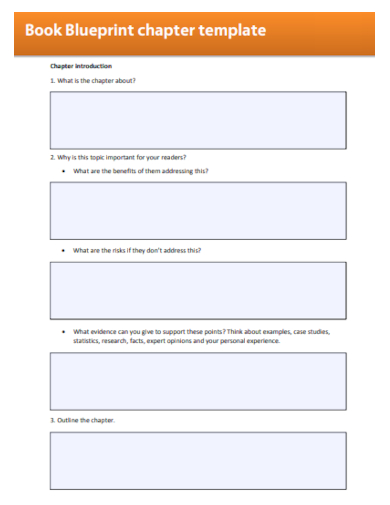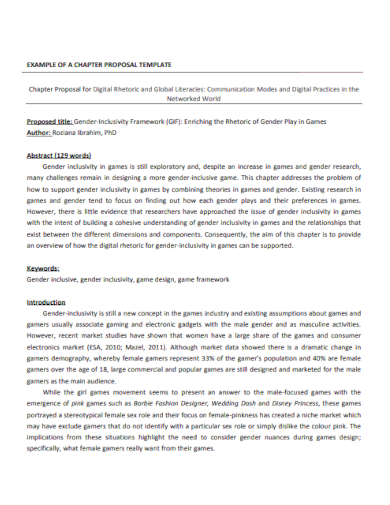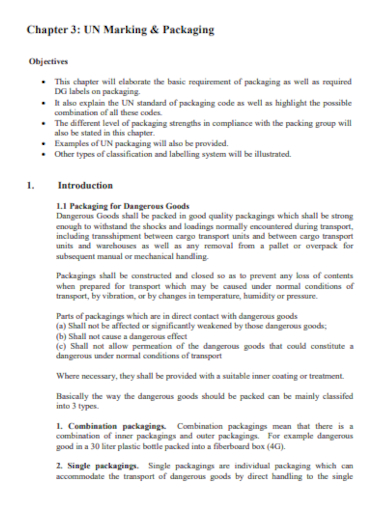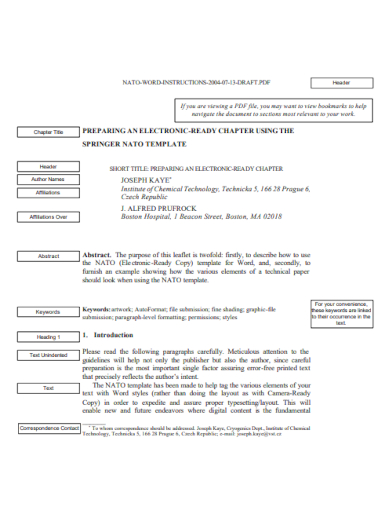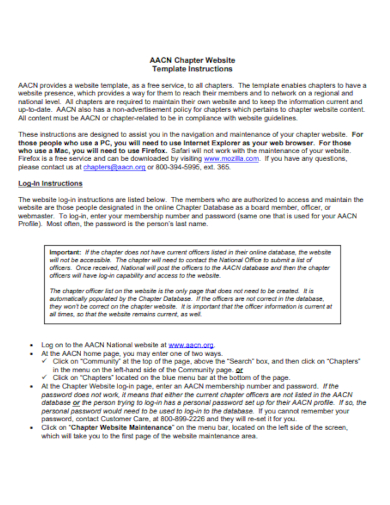Constructing a chapter outline is an important skill that both professional writers and students need to learn. It enables them to take close-knit facts and ideas that most textbook chapters contain and summarize them into the most important points. This can help students to effectively study for their upcoming tests without reading a book’s entire chapter. However, chapter writing is also an important part of an academic’s career like keeping lab reports, creating personal statements, writing cover letters, research proposals, research dissertation proposals, and more.
10+ Chapter Samples
1. Chapter Origin Procedure
2. Outline of Chapter Plan
3. Medical Examination Chapter
4. Hazardous Drugs Healthcare Chapter
5. Thesis Chapter
6. Book Blueprint Chapter
7. Chapter Proposal
8. Marking and Packaging Chapter
9. Chapter Format
10. Chapter Website
11. Chapter Strategic Plan
What is a Chapter?
A chapter is an individual unit of a book, research report, or thesis research that readers can read again whenever readers decide to come back and read a chapter randomly or select one that they are most interested in. Chapters in books are usually separated with numbers or titles and defined as sections and divisions. With these divisions, writers can separate their works into numerous parts so readers can easily understand and remember the contents of their books or reports.
How to Write a Chapter?
A thesis chapter deals with and discusses more than one idea at a time, depends on the other chapters of the composition to make sense, and contains 10,000 to 12,000 words while book chapters can be read by anyone who is interested in the topic it discusses, generally talks about a single idea, must establish related information, and is written in 3,500 to 7,000 words. In order to make a chapter easy to understand and read, it must be written in an organized and structured manner.
Step 1: Conduct Relevant Data Collection
Before writing the chapter, it is important to perform data collection to gather the relevant information necessary to compose an effective and informative chapter. You can also use mind maps to link various sources of information and compile them into a new chapter or section. This method will also enable you to better understand the theme of your book while organizing your ideas into a logical order.
Step 2: Create a Structure for your Chapters
After your brainstorming session, you can now create a structure for your chapter. With a structure, you can keep the standard format to keep your content on track. You can use more than one structure depending on your book’s genre, your writing style, and the needs of your chapter to maintain your composition’s theme.
Step 3: Provide Details on your Main Points
Once you have written an inviting title or heading for your chapter and written an engaging introduction, explain the main points of your chapter. You can explain your opening statement and your points in a more detailed manner.
Step 4: Write a Summary of the Chapter
Your summary will help your readers understand and absorb the information provided in your chapters. You can revisit the main content of your chapter and summarize it so your readers can remember the information you have provided them.
FAQs
What is included in a well-structured chapter?
A well-structured chapter has elements such as a title or heading, an engaging introduction, a main body with informative paragraphs, a summary of the chapter, and a call-to-action transaction to the next chapter.
What are the elements of an introductory paragraph?
An introductory paragraph can share an anecdote, initiate a dialogue or conversation, including quotations, and make a fictional plot. With an effective introduction, you can efficiently present the overview of your chapter.
What should you consider when writing a chapter?
When writing a chapter, determine how to clearly and convincingly organize your chapter, create an arrangement that enables the chapter to present the relevant information about the literature work, determine whether a brief literature review is necessary or not, and the best structure to effectively present the overall point of the chapter.
A chapter refers to a book’s division, unit, or section and is often separated by a title or number. Chapters are used to divide the book into sections with specific topics but maintain relevance to the overall theme of the book. It enables readers to better understand the content of the book while ensuring that they remember and understand its main points.
Related Posts
Weekly Schedule Samples & Templates
Contractual Agreement Samples & Templates
FREE 9+ Amazing Sample Church Bulletin Templates in PSD | PDF
Sample Business Card Templates
Sample Cashier Job Descriptions
Questionnaire Samples
FREE 10+ Sample HR Resource Templates in PDF
FREE 10+ HR Consulting Business Plan Samples in MS Word | Google Docs | Pages | PDF
FREE 49+ Sample Job Descriptions in PDF | MS Word
FREE 16+ Nonprofit Budget Samples in PDF | MS Word | Excel | Google Docs | Google Sheets | Numbers | Pages
FREE 13+ Academic Calendar Templates in Google Docs | MS Word | Pages | PDF
FREE 10+ How to Create an Executive Summary Samples in Google Docs | MS Word | Pages | PDF
FREE 23+ Sample Event Calendar Templates in PDF | MS Word | Google Docs | Apple Pages
Company Profile Samples
FREE 10+ Leadership Report Samples [ Development, Training, Camp ]


